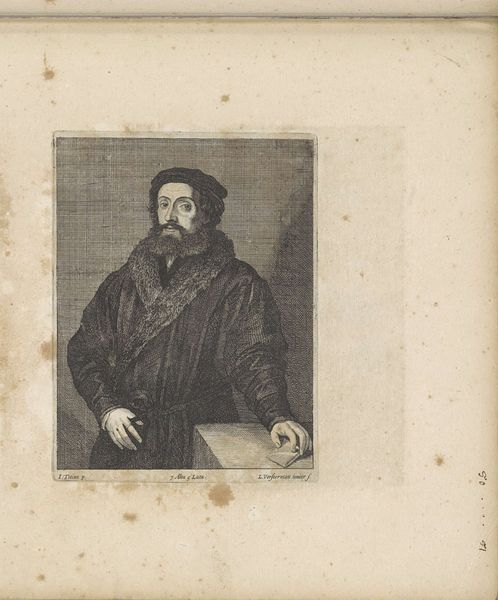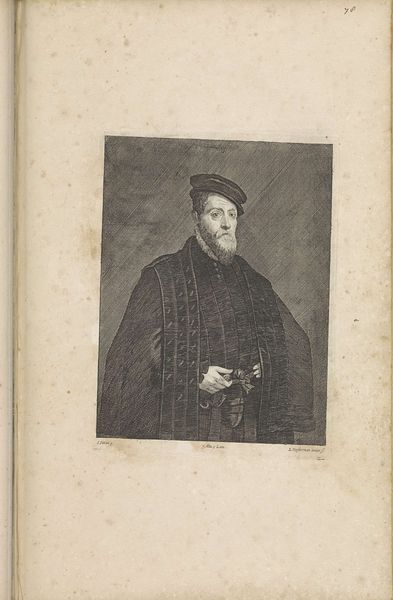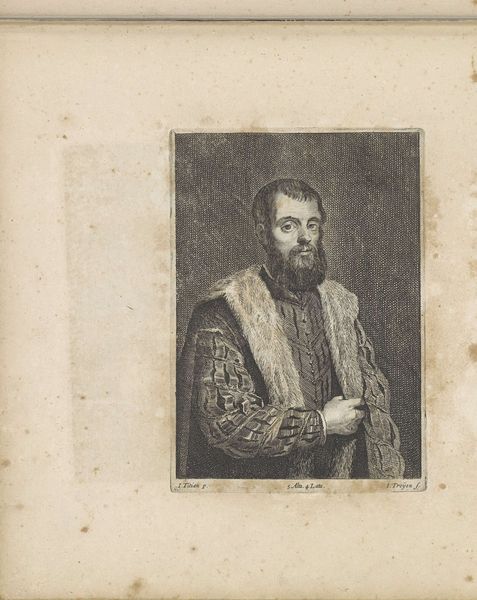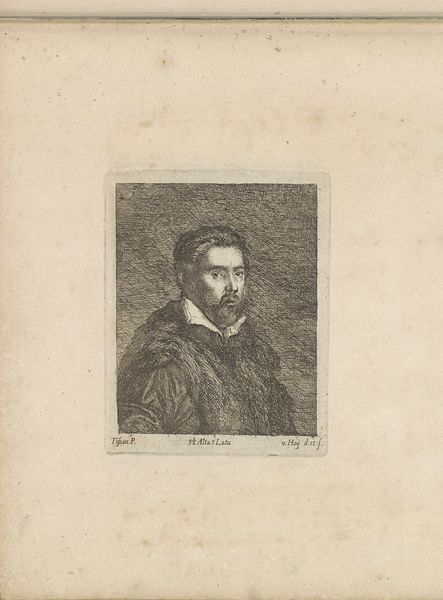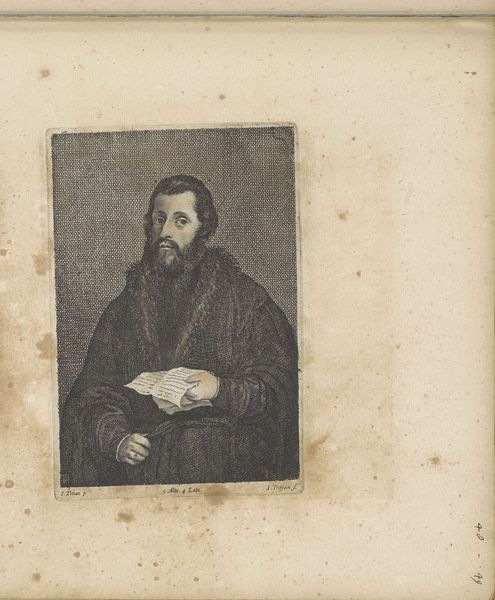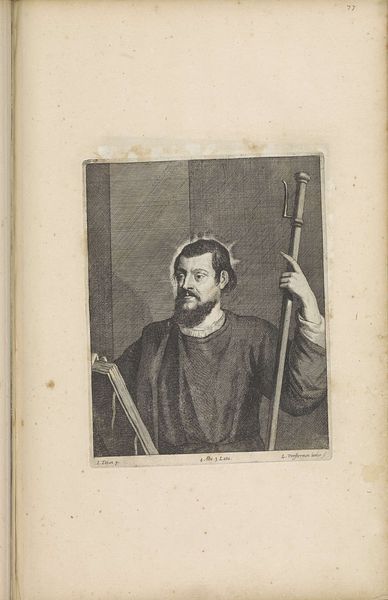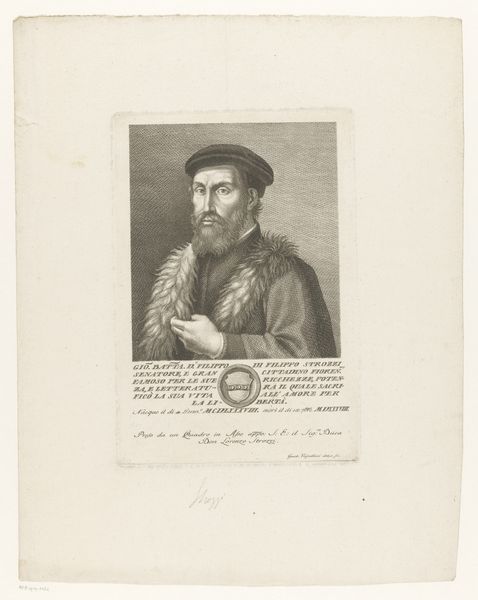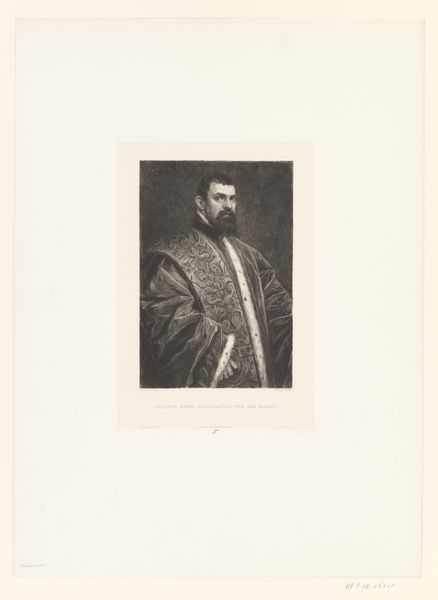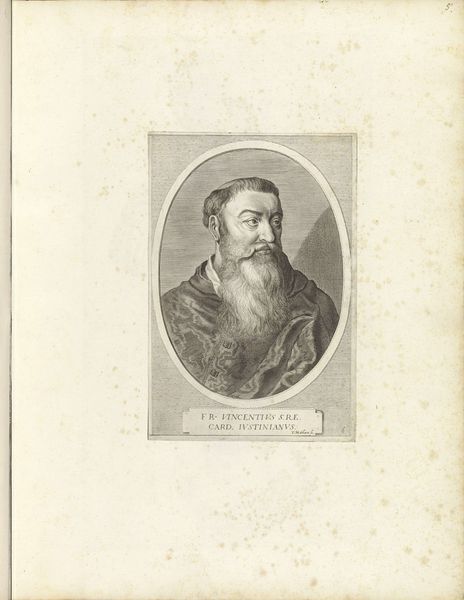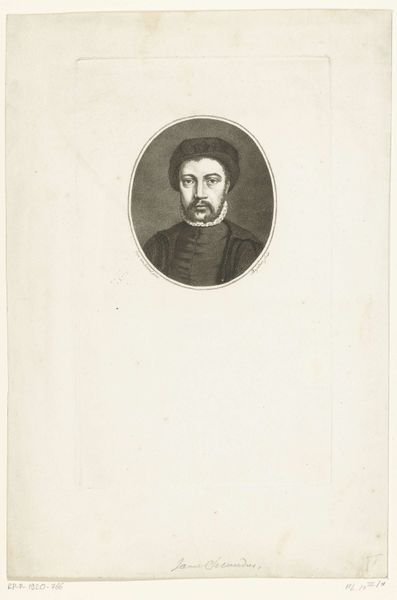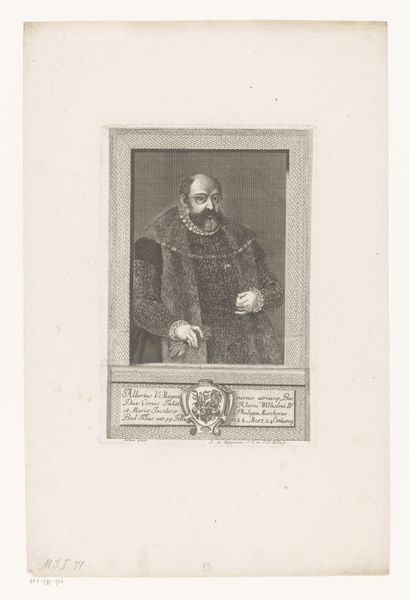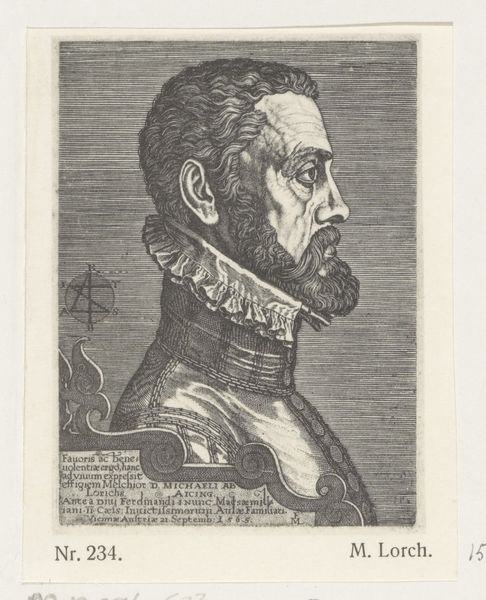
engraving
#
baroque
#
line
#
history-painting
#
engraving
Dimensions: height 235 mm, width 176 mm
Copyright: Rijks Museum: Open Domain
Editor: This is a striking engraving, "Portret van een onbekende man" by Lucas (II) Vorsterman, dating back to 1660. The meticulous line work gives the portrait an almost severe feeling, don't you think? How do you interpret this work, especially in relation to its time? Curator: It’s a fascinating piece. While we don’t know the sitter’s identity, the very act of commissioning a portrait in 1660 speaks volumes about social power and aspirations during that era. Think about the context: The Dutch Golden Age, a period marked by increasing global trade and emerging notions of bourgeois identity. Editor: So, you’re saying this image, even without knowing who he is, tells us something about the values of the time? Curator: Absolutely. The man’s attire, though not extravagant, signifies a certain level of status and economic standing. What's also striking is the direct gaze, engaging the viewer. Consider what that assertive posture communicates about early modern masculinity and the performance of self. Do you get a sense of how portraiture acted almost as a form of propaganda? Editor: I do. I was so focused on the artistry of the lines that I missed how the image participates in these larger questions of identity and power. Curator: It's in examining these intersections that we start to unlock deeper meanings. How does this portrait resonate with our contemporary understanding of identity? Editor: That’s definitely given me a new way of thinking about historical portraiture. Thank you! Curator: My pleasure. Art becomes powerful when we begin to question its connection with broader history.
Comments
No comments
Be the first to comment and join the conversation on the ultimate creative platform.
